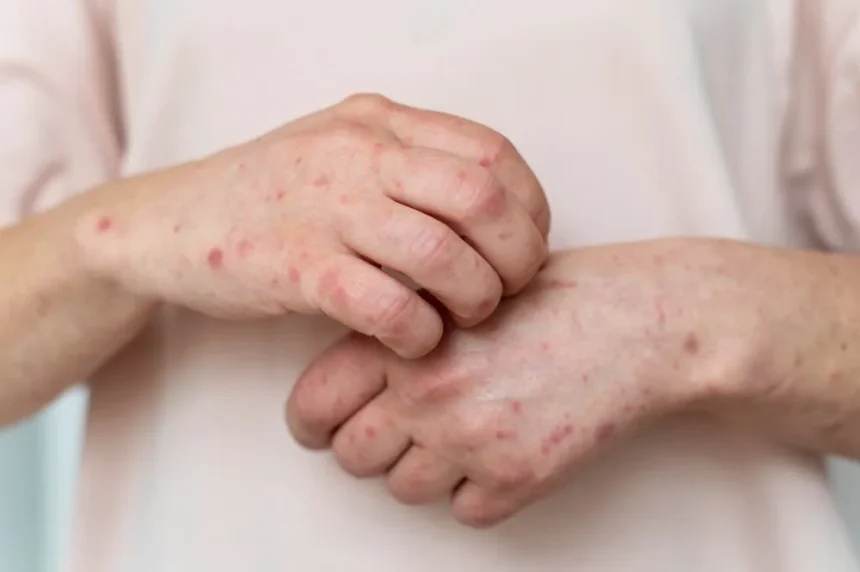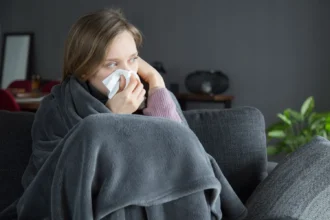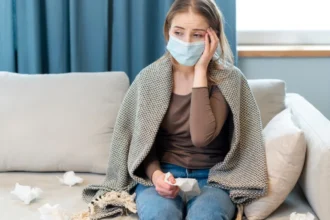Waking up with itchy, red bite marks can be unsettling, especially when you suspect bedbugs. These tiny pests are notorious for invading even the cleanest homes, causing discomfort, allergic reactions, and sleep disturbances.
According to the National Pest Management Association (NPMA), 97% of pest control professionals have encountered bedbug infestations in the past year. Studies also show that bedbug infestations have increased by 30-40% globally due to increased travel, insecticide resistance, and urbanization.
In this guide, we’ll cover what bedbugs are, how to identify bedbug bites, effective treatments, and ways to prevent infestations—so you can sleep peacefully again.
What Are Bedbugs?
Bedbugs (Cimex lectularius) are small, reddish-brown, oval-shaped insects that feed on human blood. Despite their name, they can be found not just in beds but in furniture, carpets, and even electrical outlets.
Key Characteristics of Bedbugs:
✔ Size: About 5–7 mm long (similar to an apple seed)
✔ Color: Reddish-brown (becomes darker after feeding)
✔ Activity: Primarily nocturnal, feeding at night
✔ Survival: Can live months without feeding, making them difficult to eradicate
✔ Hiding Places: Found in mattress seams, bed frames, cracks in walls, and furniture
💡 Fact: Unlike fleas or mosquitoes, bedbugs do not jump or fly. They crawl to their hosts while they sleep.
Understanding Bedbug Bites
Bedbug bites occur when these nocturnal pests pierce the skin and feed on blood. Unlike other insect bites, bedbug bites are often painless at first, due to the anesthetic in their saliva. However, the body’s reaction later results in itchiness, redness, and swelling.
What Do Bedbug Bites Look Like?
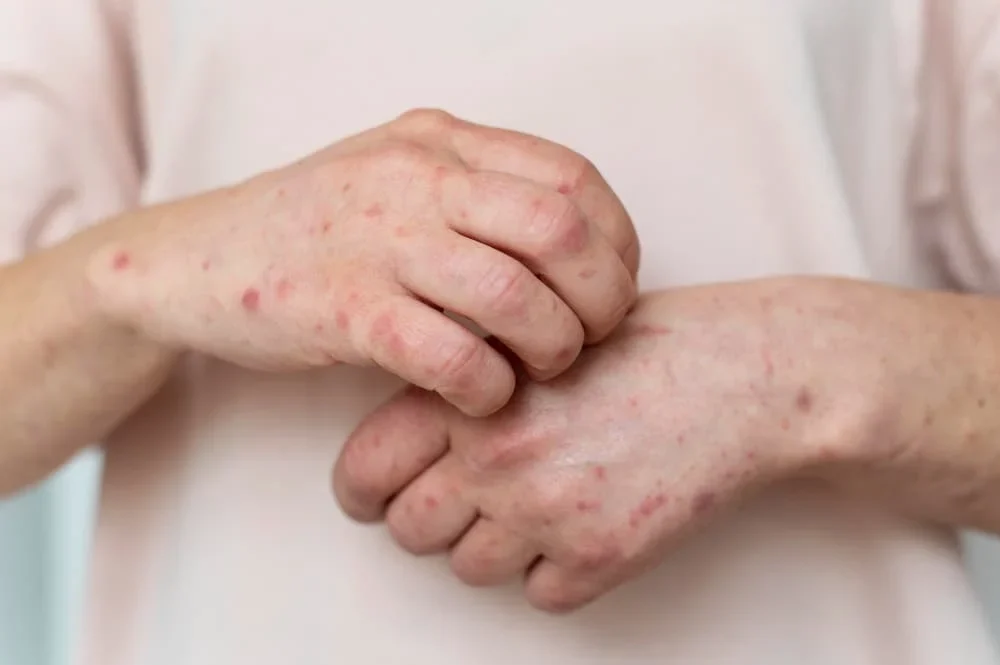
✔ Small, red, itchy welts that may swell
✔ Bites appear in clusters or lines (commonly called a “breakfast, lunch, and dinner” pattern)
✔ Mild to severe itching that worsens over time
✔ Delayed reaction—bites may take 1 to 3 days to appear
Where Do Bedbug Bites Typically Appear?
Bedbugs usually bite areas of skin exposed during sleep.
✔ Face
✔ Neck
✔ Arms and hands
✔ Legs and feet
Since bedbugs tend to bite in clusters or straight lines, the pattern can help differentiate them from other insect bites.
💡 Tip: If you notice multiple bites in a zig-zag or linear pattern, bedbugs may be the culprit.
How to Differentiate Bedbug Bites from Other Insect Bites
Bedbug bites can often be mistaken for bites from mosquitoes, fleas, or spiders, making identification challenging. However, they have some key characteristics that set them apart.
| Bite Type | Appearance | Common Locations | Other Symptoms |
|---|---|---|---|
| Bedbug Bites | Small, red, itchy bumps in clusters or lines | Face, neck, arms, legs | Appear overnight, worsen with scratching |
| Mosquito Bites | Larger, swollen, round welts | Anywhere on the body | May burn or sting initially |
| Flea Bites | Tiny, red dots, often with a central puncture | Ankles, lower legs | Severe itching, often in groups |
| Spider Bites | Red, swollen bump with two puncture marks | Isolated spots on body | Painful, may cause swelling or infection |
Symptoms of Bedbug Bites
Bedbug bites do not always cause an immediate reaction. Some individuals may not react at all, while others may develop severe itching and swelling. Recognizing the symptoms early can help prevent further complications.
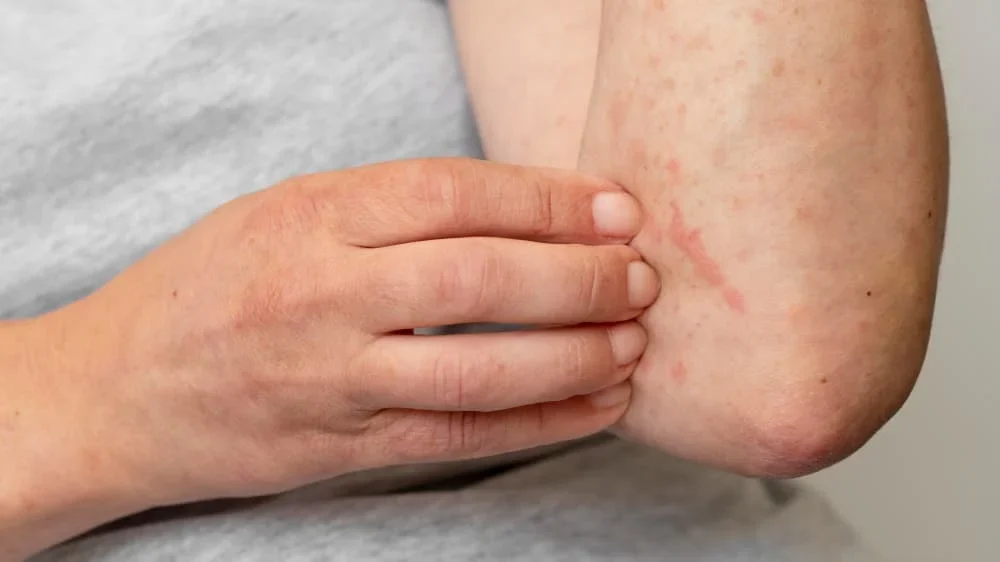
Common Symptoms
Bedbug bites typically appear within 1 to 3 days after exposure. Symptoms may include:
✔ Itchy, red bumps that worsen over time
✔ Clusters or linear patterns of bites on exposed skin
✔ Inflammation and swelling around the bite
✔ Blisters or hives in severe reactions
✔ Mild burning or tingling sensation in sensitive individuals
How to Treat Bedbug Bites
Most bedbug bites heal within one to two weeks without medical intervention. However, treatments can help relieve itching and prevent infection.
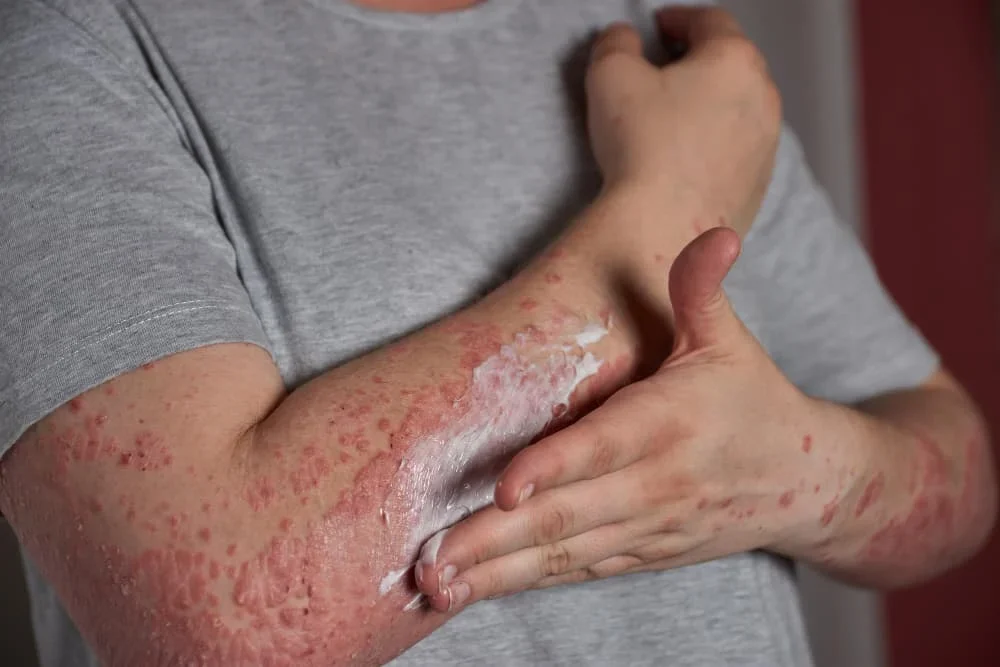
✔ Wash the affected area with soap and water to reduce infection risk.
✔ Apply a cold compress to reduce swelling and soothe irritation.
✔ Use antihistamines (Benadryl, Claritin) to relieve itching.
✔ Apply calamine lotion or hydrocortisone cream for skin relief.
✔ Take an oatmeal bath to calm inflammation and itching.
✔ Avoid scratching to prevent scarring or infection.
If your baby or child has bedbug bites, it’s important to take a gentle approach:
- Wash bites with mild soap and water.
- Use a cold compress for relief.
- Apply a gentle, fragrance-free moisturizer.
- Keep their nails trimmed to avoid scratching and potential infection.
- Consider natural remedies like aloe vera gel or baking soda paste.
If your child’s bites are severe or show any signs of infection, consult a pediatrician.
How to Get Rid of Bedbugs
Getting rid of bedbugs requires a multi-step approach. The earlier you detect an infestation, the easier it is to eliminate them.
| Method | Effectiveness | Best For |
|---|---|---|
| Heat Treatment 🔥 | Highly effective | Mattresses, furniture, clothing |
| Cold Treatment ❄️ | Effective (requires prolonged exposure) | Small infested items |
| Insecticide Sprays 🧴 | Moderate effectiveness | Mattresses, carpets, furniture |
| Professional Pest Control 👨🔬 | Most effective | Severe infestations |
For large or recurring infestations, professional extermination may be necessary.
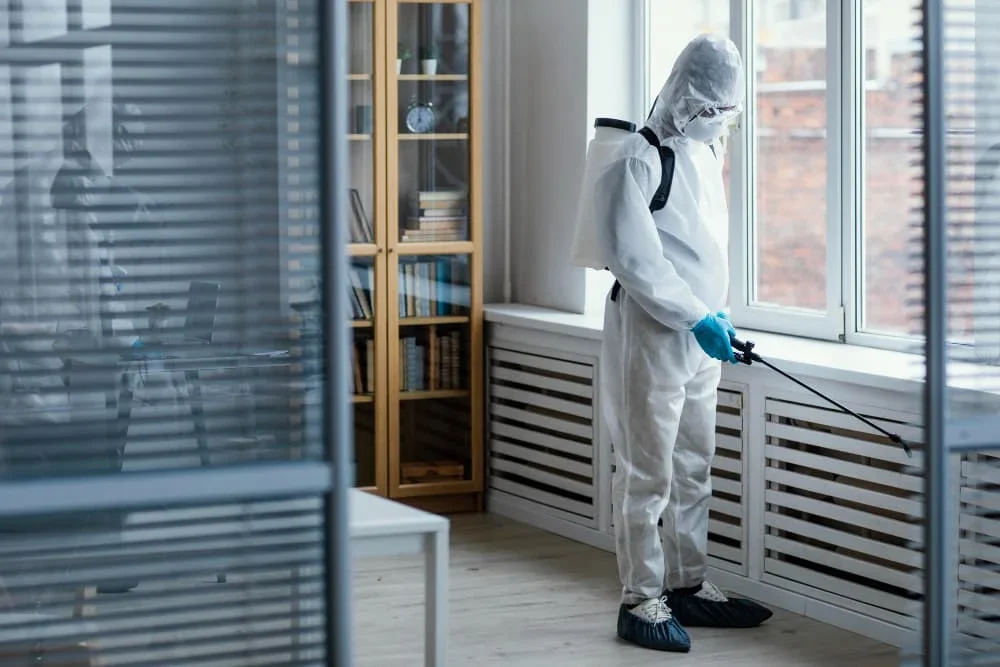
Preventing Bedbug Bites
Preventing bedbugs is easier than treating an infestation. By following these steps, you can minimize the risk of bedbug exposure:
✔ Use bedbug-proof mattress encasements to prevent infestations.
✔ Inspect hotel rooms before unpacking.
✔ Keep luggage elevated and away from beds.
✔ Vacuum regularly to remove potential hiding spots.
✔ Wash and dry bedding at high temperatures to kill bedbugs.
Tips for Travelers
✔ Inspect hotel beds, sheets, and furniture for signs of bedbugs.
✔ Use a hard-shell suitcase (bedbugs struggle to cling to smooth surfaces).
✔ Keep luggage off the floor and away from beds.
✔ Wash and dry clothes on high heat immediately after returning home.
💡 By staying vigilant and using preventive methods, you can minimize your risk of bedbug infestations and bites.
Final Thoughts
Bedbug bites are itchy, uncomfortable, and frustrating, but they can be managed with early detection, proper treatment, and preventive measures.
If you suspect an infestation, act quickly to eliminate bedbugs before they spread. With consistent cleaning habits and awareness, you can protect your home and ensure peaceful, itch-free nights.

